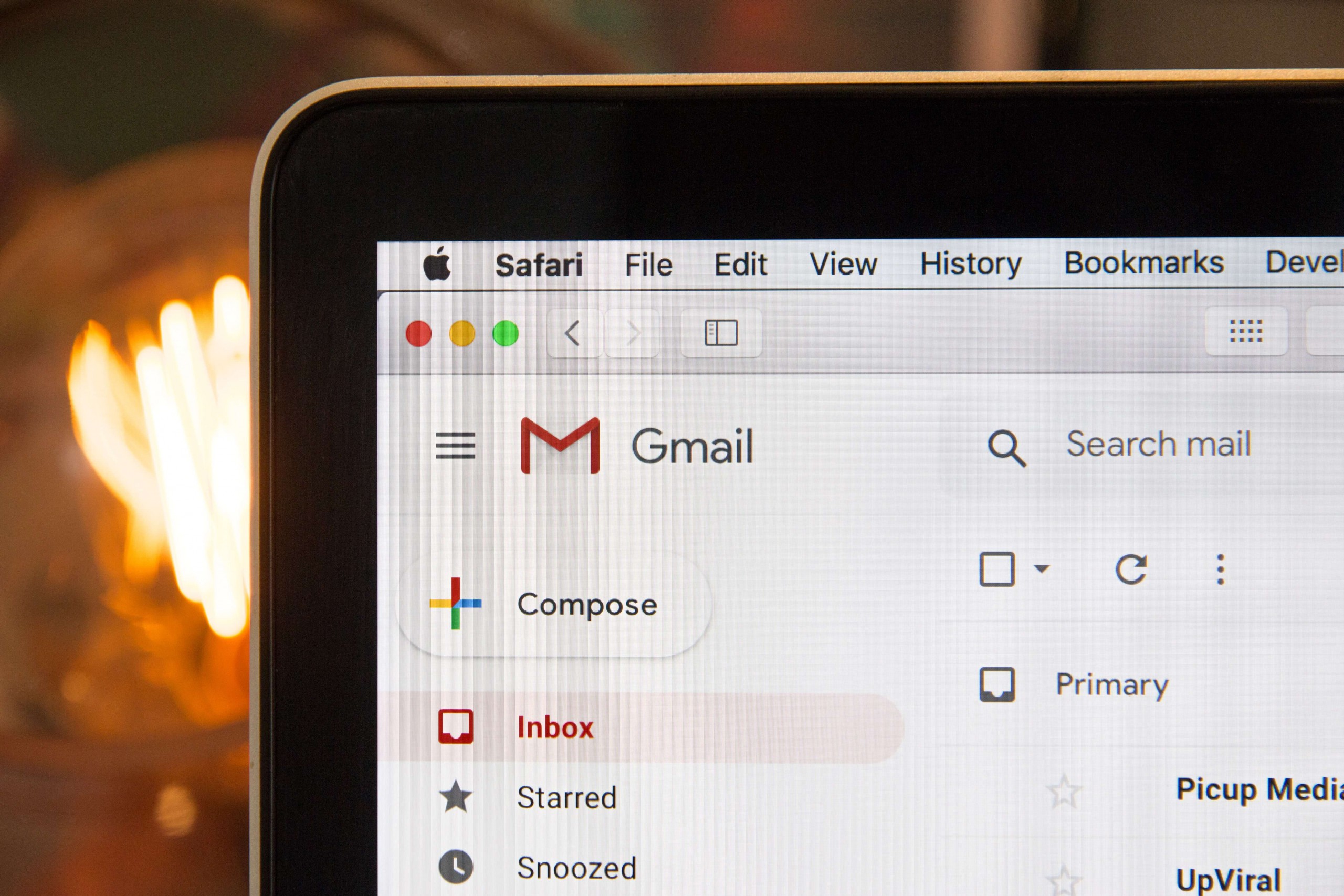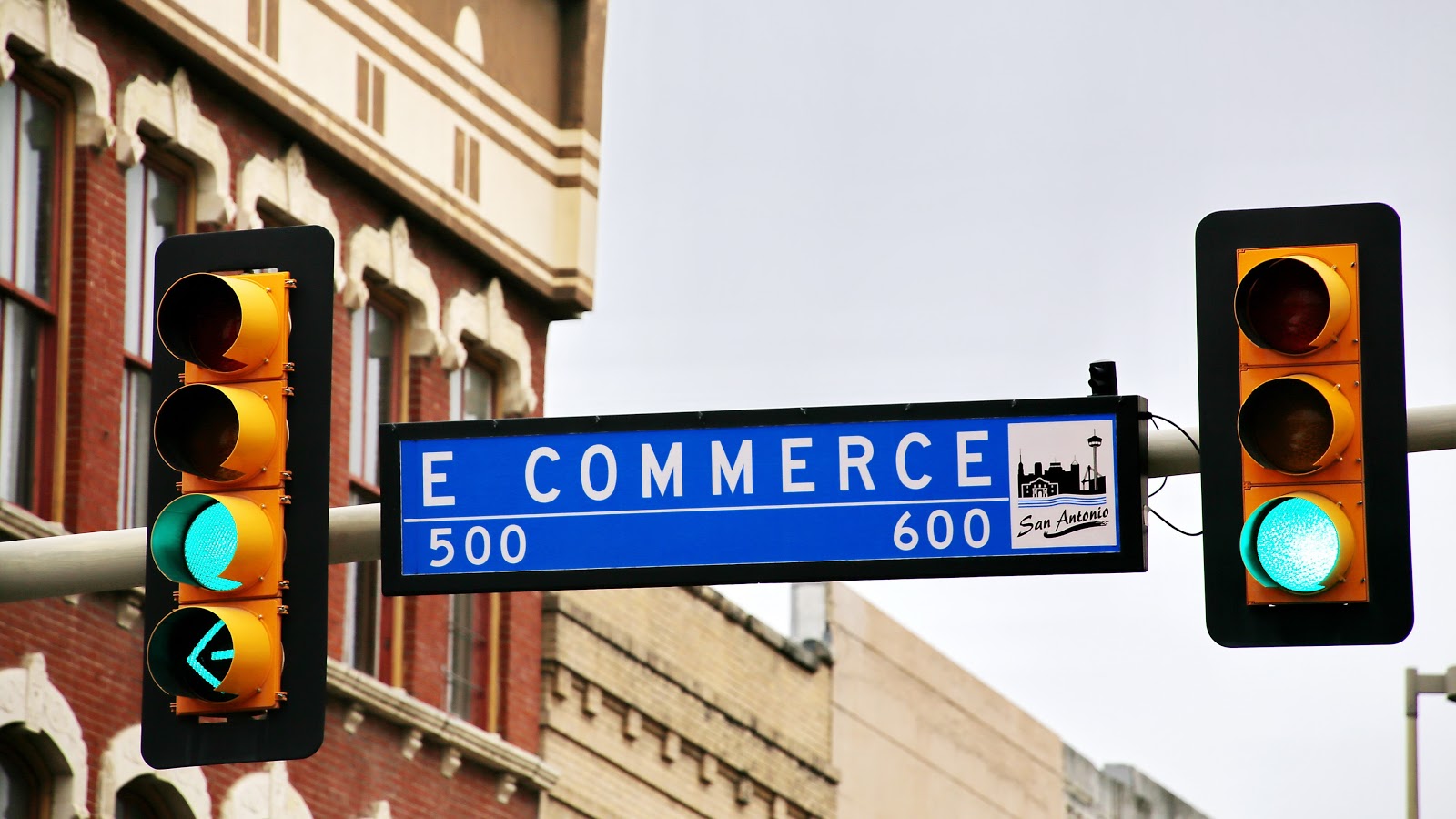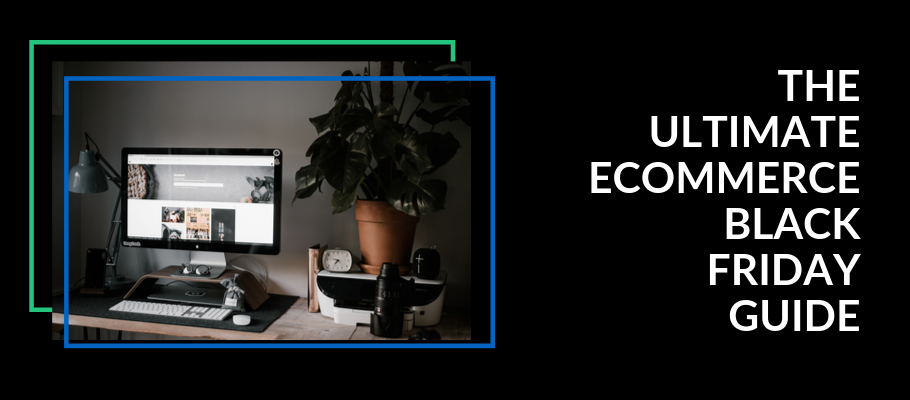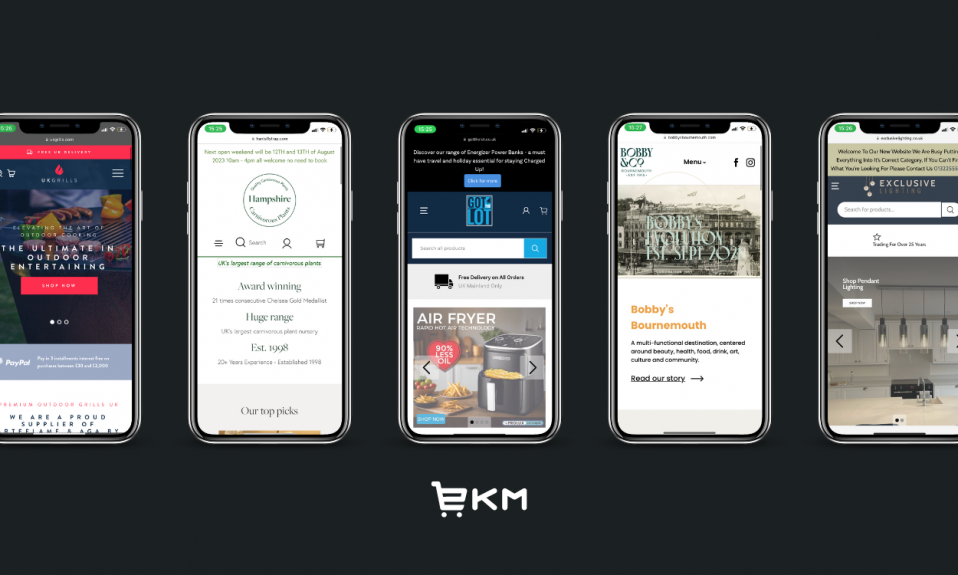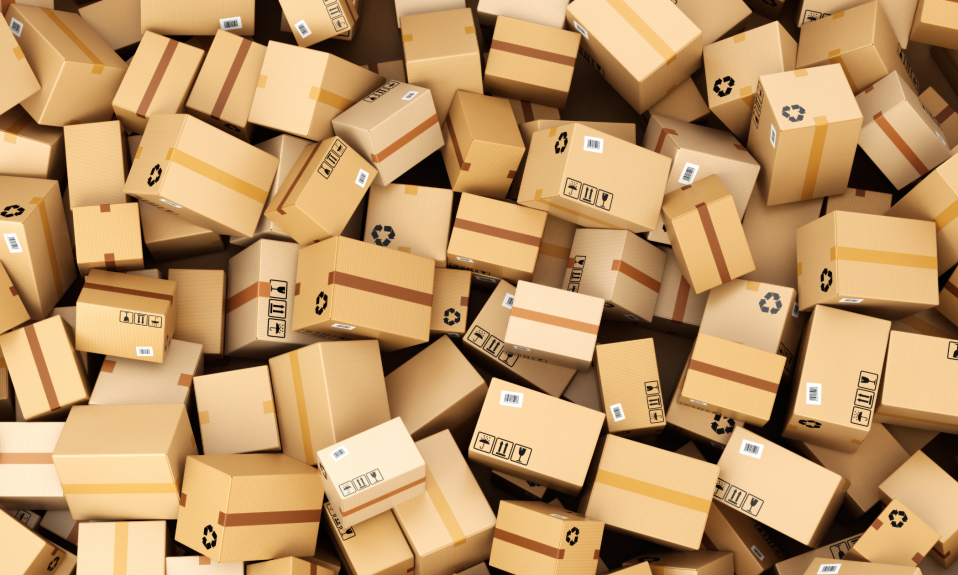There are massive benefits to using email marketing campaigns. Out of the most common digital channels, they have the biggest return on investment (ROI). According to a recent study, email marketing has a return on investment (ROI) of around a 122% – four times higher than any other digital marketing tool.
Email marketing is a high-leverage way to encourage return customers and repeat purchases, making online shop owners less reliant on the flow of new customers. Email marketing builds your brand and inspires loyalty, which helps to attract better purchasers who spend more money.
A benefit of email campaigns is their ability to capture customer information. Uber’s Chris Messina coined the term conversational commerce back in 2015. This is the idea that businesses can speak to customers wherever they are.
The information captured in email campaigns feeds into customer relationship management software (CRM) and can be used in other areas such as free messaging apps.
Another exciting point is email’s ability to create lasting value for your business with only a few starter campaigns. Here are seven automated email campaigns every shop owner needs to implement into their automated email marketing.
1. Abandoned cart email campaign
Partially completed sales are frustrating for business owners, but abandoned cart emails can help to give customers that final push. The first thing to do is identify why a session has been abandoned. If, for example, someone has clicked on your site by accident there isn’t much point in chasing them.
If, however, the cart or site is abandoned by a returning customer, an abandonment follow-up campaign could be advantageous.
You will need to set the parameters on your site to decide which abandoned visits are worth chasing. Good data quality software will enable you to capture this information.
The good news is that you don’t have to worry. 89.1% of customers don’t add anything to the cart on their first visit. And up to 63% of abandoned visits are recoverable. This is why a cart abandonment email campaign is so important.
What’s included in an abandoned cart email campaign
Although it’s not a one-size-fits-all campaign, there are generally three emails that should be sent in sequence.
- Email 1: 24 hours later
- Email 2: 48 hours later
- Email 3: 72 hours later
These can be tweaked over time. As you collect more customer data your campaigns will become more streamlined. This data can then be fed into your CRM software. Here’s a short example of what kind of content to include in each email.
Email 1: Remind shoppers of what they left behind
Many shoppers have cottoned on to the fact that if they abandon a checkout, they will immediately receive offers. Some do it just to see if they’ll get a discount.
To counter this, try using your first email to remind them of what they left behind. Tell shoppers they left something in their cart. Include a picture and a link back to their items.
Email 2: Handle objections
Figure out the reasons why people aren’t buying your products. The best way to do this is by using email campaigns that tackle objections head-on.
If you don’t know what people’s objections are, ask them. Your first email 24 hours after abandonment should be used to pose the question. Ask for feedback and enquire as to why they didn’t complete their purchase.
If you run this email for a month, you’ll have a baseline of data to help you figure out how to remove these objections.
You can use these insights to figure out how you’re going to script your next email in the cart abandonment series. You might want to consider offering free shipping or adding customer reviews.
Email 3: Offer a discount
The third email is the email you should use to offer an incentive. Provide a discount code and a link.
2. The welcome email campaign
A welcome email is the first email someone receives when they join your newsletter mailing list. Welcome emails are like gold for businesses and have several goals.
- To welcome new subscribers
- To give users an incentive to buy
- To set the right expectations
- To connect with subscribers on other channels
How to welcome new newsletter subscribers
Your first email should welcome new subscribers and introduce your brand. Tell the story of your company, what you do differently, and what you have in common with your customers. To stop your emails going to spam, avoid any misleading subject lines.
Give users an incentive to buy
Coupons and discount codes should be automated into your emails. This is especially true if they were offered as an incentive to buy or sign up to a mailing list. The welcome email is your first contact and shows you are making good on your promises.
Your welcome email could also include links to your staff directory to allow customers to access clear contact information.
3. Nurture email campaign
Nurture emails are the emails that guide customers through each step of the sales journey. Most companies accept the rule that three out of 100 customers will buy straight away and that 50% of customers will never buy at all. This still leaves 47% of customers who can be guided through the sales process.
How to set up an email nurture campaign
One way to create a nurture email marketing campaign is to treat your customers as people. Add value to their experience by allowing them the chance to speak to a representative. Free video conferencing software is a particularly useful tool.
Another way this can be done is by providing educational content. Teach your subscribers something about your products via blog posts and FAQs. There should be three emails in the automated campaign. Email one in the nurture campaign should educate, email two should build your brand identity, and email three should be about storytelling. Keep your subscribers up to date with your company via this medium.
4. New customer email campaign
The email you send to a first-time customer is crucial. If you skip this opportunity, you could leave a significant sum of money on the table. You have the chance to start a relationship with shoppers that leads to lifelong loyalty and brand advocacy.
How to set up a new customer email campaign
The first email in this series should be sent immediately. As soon as a customer places an order, you should be welcoming them to your tribe. Tell them how long it will take for their order to leave the warehouse when it will arrive, and what your return policy is.
Send a check-in email around three days later. Ask customers how everything went. Checking in makes customers feel valued, helping your company to stand out.
It also makes it easier for customers to get in touch. Shoppers like to have multiple channels to do this, and it’s always a good idea to use CCaaS. You might be asking yourself what is a contact centre as a service (CCaaS)?
Essentially, it’s a low-cost solution that allows you to use contact centre software. This enhances the customer experience at a low cost to brands. Using CCaaS enables you to make use of inbound call centre solutions at a fraction of the cost.
5. After-sales email campaign
It’s much easier to set up automated campaigns to build relationships with existing customers than it is to start from scratch. The great thing about repeat customers is that they have already bought from you. They know and like your business and know what to expect from you.
To capitalise on this, send a checking-in email around two days after the customer’s product has arrived. This lets the customer know you value them. In this email, confirm that the delivery went well and that all is as expected.
You can send a second email around three to four days later. This email should recommend products based on their shopping preferences. As well as asking them to review the product or your business on your preferred review site. Customer reviews are a strong trust indicator to new customers who are doing their research before buying a product from you, so it’s always good to ask your current customers to rate their experience.
The best part about this email series is you don’t have to offer a discount to these customers. Personalised recommendations are enough to build value. Loyalty rewards also make customers feel like they’re part of the tribe.
6. Automated email receipts campaign
hop owners should automate email receipts. Receipt emails are straightforward and have all the details both you and the customers need, including the transaction number, payment information, name and photo of the products, and shipping details.
It’s important to keep in regular communication with customers about their order including information on how to return items, your refund policy, customer support contact details, package tracking, as well as where they can tag you in their social posts when they share their new goodies online. This helps to build transparency and trust in your brand.
7. Re-engagement email campaign
It’s not unusual for customers to stop engaging with your brand over time. This is where re-engagement emails come into play. A well-timed email with promotional code, discounts, and/or new product reveals can help to re-engage customers. A happy birthday email, for example, is a great way to reconnect.
The best way to set up a re-engagement series is to start with a reminder. Follow up with an offer and inform subscribers that they’re at risk of being deleted from mailing lists. It’s good practice to remove inactive subscribers from any list. All of these email series can be automated through the use of the scheduler in EKM’s Email Marketing.
If it ain’t broke, don’t fix it
Email remains the main player when it comes to digital marketing campaigns. Nothing has more pull. If done right, email can tell your customer from the outset that they are part of your tribe. From abandonment emails to re-engagement emails, a solid email strategy is the best way to engage with and retain customers at every stage of the online shopping process.
If you’d like to learn more about setting up your own online shop, read on for more insights into running your own online business here.
Author
Elea Andrea Almazora – RingCentral US
Elea is the SEO Content Optimization manager for RingCentral, the leader in global enterprise communication and collaboration solutions on the cloud. She has more than a decade’s worth of experience in on-page optimization, editorial production, and digital publishing. She spends her free time learning new things.


